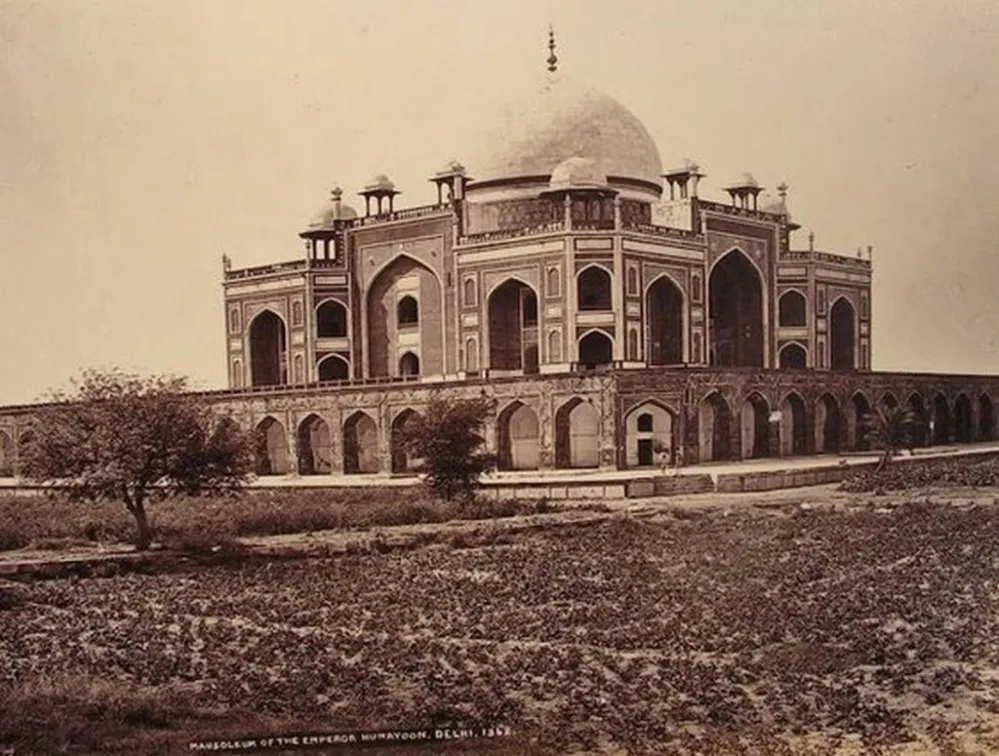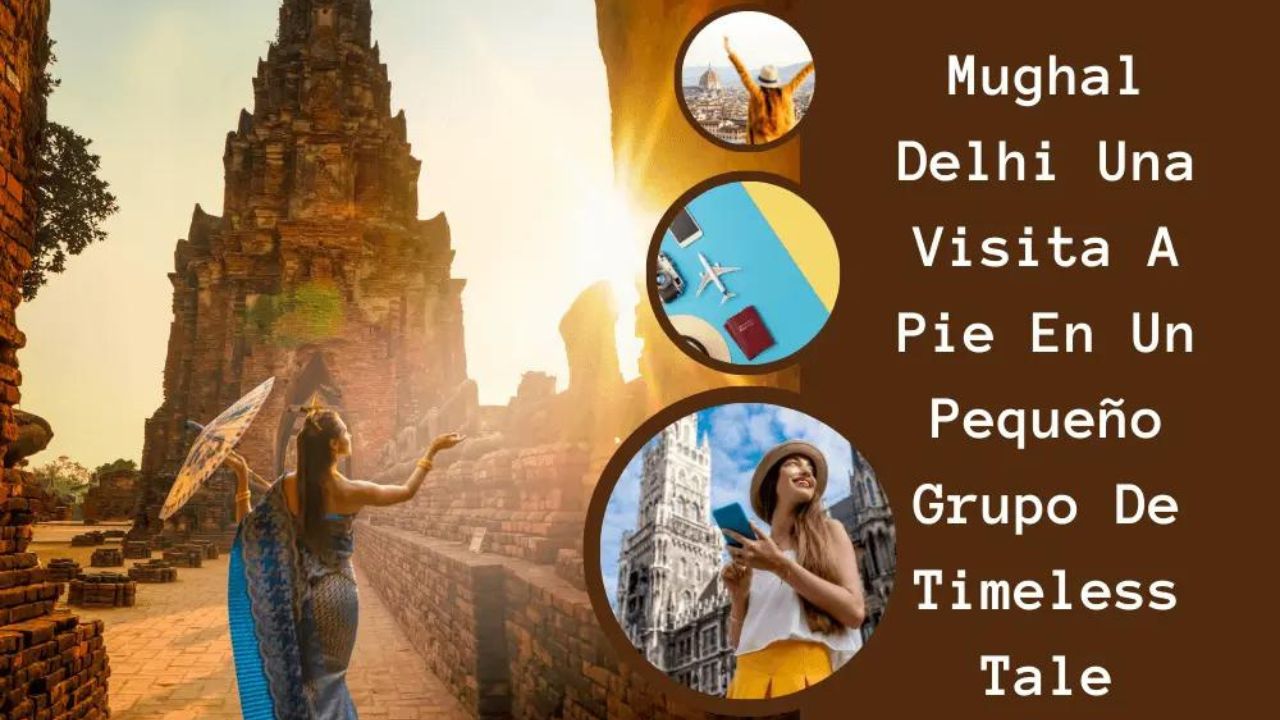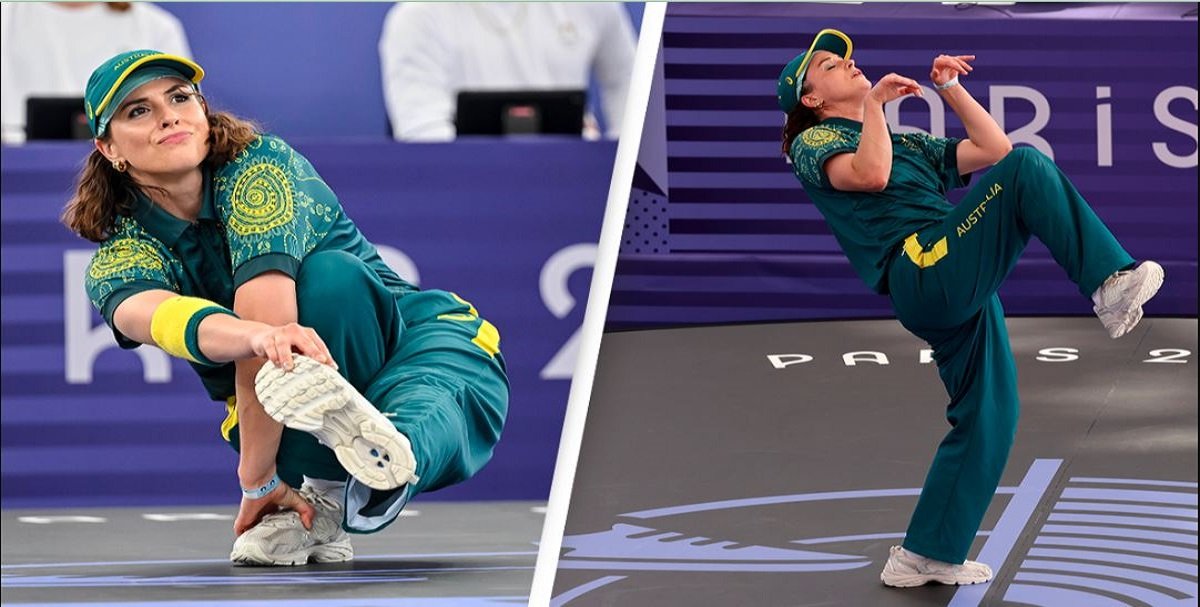Introduction:
Mughal Delhi, with its rich history and cultural heritage, offers a captivating experience for those who seek to explore its wonders. A guided walking tour in a small group provides a unique opportunity to delve into the heart of this historic city and uncover its hidden gems. This article aims to provide a comprehensive overview of what to expect on a visit to , highlighting key attractions, historical significance, and practical tips for making the most of your experience.
The Rich History of Mughal Delhi:

Delve into the glorious past of you visit iconic landmarks such as the Red Fort, Jama Masjid, and Humayun’s Tomb. These architectural marvels are a testament to the grandeur and opulence of the Mughal era, showcasing exquisite craftsmanship and intricate design. Learn about the history behind these monuments and their significance in shaping the cultural landscape of Delhi.
Exploring the Markets and Bazaars:
Experience the vibrant culture of Mughal Delhi as you wander through its bustling markets and bazaars. From the aromatic spices of Khari Baoli to the dazzling jewelry of Dariba Kalan, these markets offer a sensory feast for the senses. Discover hidden treasures and unique souvenirs as you immerse yourself in the local culture and traditions.
Culinary Delights of Mughal Delhi:
No visit to Mughal Delhi is complete without sampling its delectable cuisine. Indulge in mouth-watering dishes such as kebabs, biryanis, and nihari, which are a testament to the culinary legacy of the Mughal era. Experience the rich flavors and aromas of Mughlai cuisine as you dine at local eateries and street food stalls.
The Magnificent Mughal Architecture:
Marvel at the architectural splendor of Mughal Delhi as you admire its majestic monuments and palaces. From the imposing facades of the Red Fort to the serene beauty of the Lotus Temple, each structure tells a story of the city’s illustrious past. Capture the beauty of these architectural wonders and immerse yourself in their timeless charm.
Practical Tips for Your Visit:
- Wear comfortable shoes as you will be walking for extended periods.
- Carry a bottle of water to stay hydrated, especially during the hot summer months.
- Dress modestly, especially when visiting religious sites.
- Be respectful of local customs and traditions.
- Follow your guide’s instructions and stay with the group at all times.
Frequently Asked Questions (FAQs):
What is the best time to visit Mughal Delhi?
The best time to visit Mughal Delhi is during the winter months, from October to March, when the weather is pleasant and ideal for exploring the city on foot.
Is it safe to visit Mughal Delhi as a solo traveler?
While Mughal Delhi is generally safe for tourists, it is advisable to exercise caution, especially when traveling alone. It is recommended to use reputable tour operators and avoid venturing into unfamiliar areas at night.
What are some must-visit attractions in Mughal Delhi?
Some must-visit attractions in Mughal Delhi include the Red Fort, Jama Masjid, Humayun’s Tomb, Qutub Minar, and Chandni Chowk.
Can I take photographs inside the monuments in Mughal Delhi?
Photography rules vary from monument to monument. It is advisable to check with the authorities at each site before taking photographs.
Are guided tours available for exploring Mughal Delhi?
Yes, guided tours are available for exploring Mughal Delhi. These tours provide valuable insights into the history and culture of the city, making your visit more informative and enjoyable.
What should I wear when visiting religious sites in Mughal Delhi?
When visiting religious sites in Mughal Delhi, it is advisable to dress modestly and cover your shoulders and knees as a mark of respect.
Conclusion:
A visit to a journey back in time, where history comes alive amidst the modern bustling city. By exploring its rich heritage, vibrant markets, and culinary delights, you can truly experience the timeless tale of Mughal Delhi. Whether you’re a history enthusiast, a culture lover, or simply seeking a memorable travel experience, has something to offer everyone.



